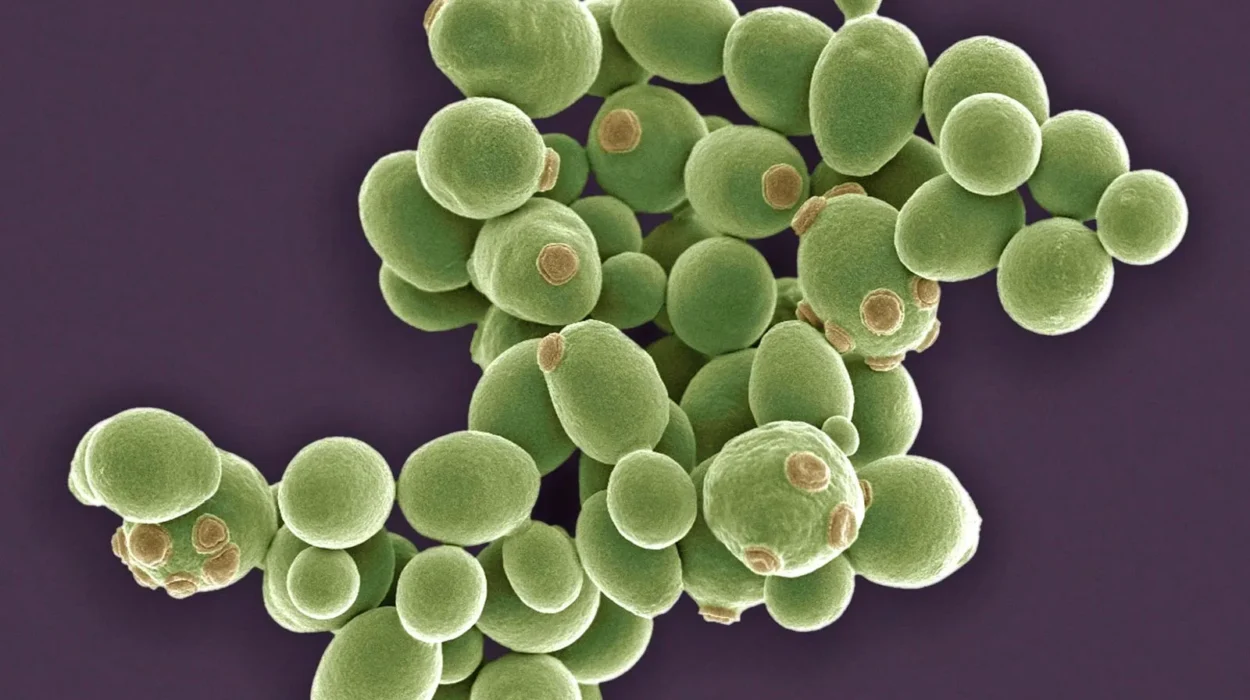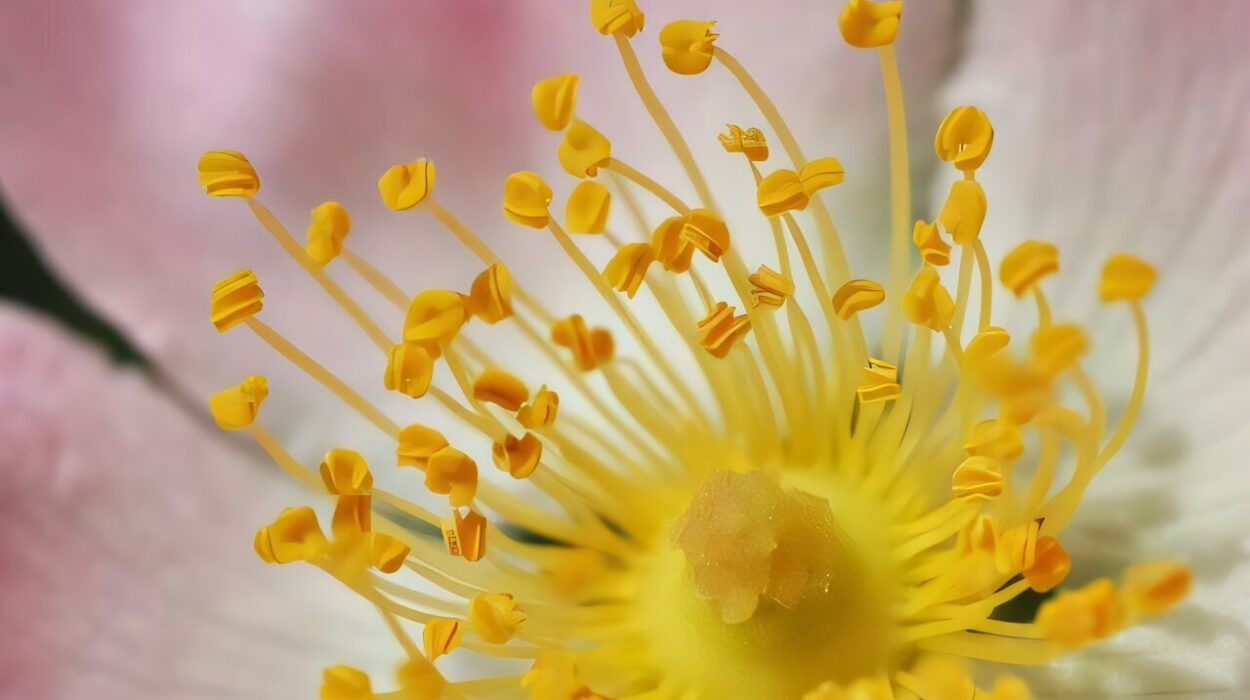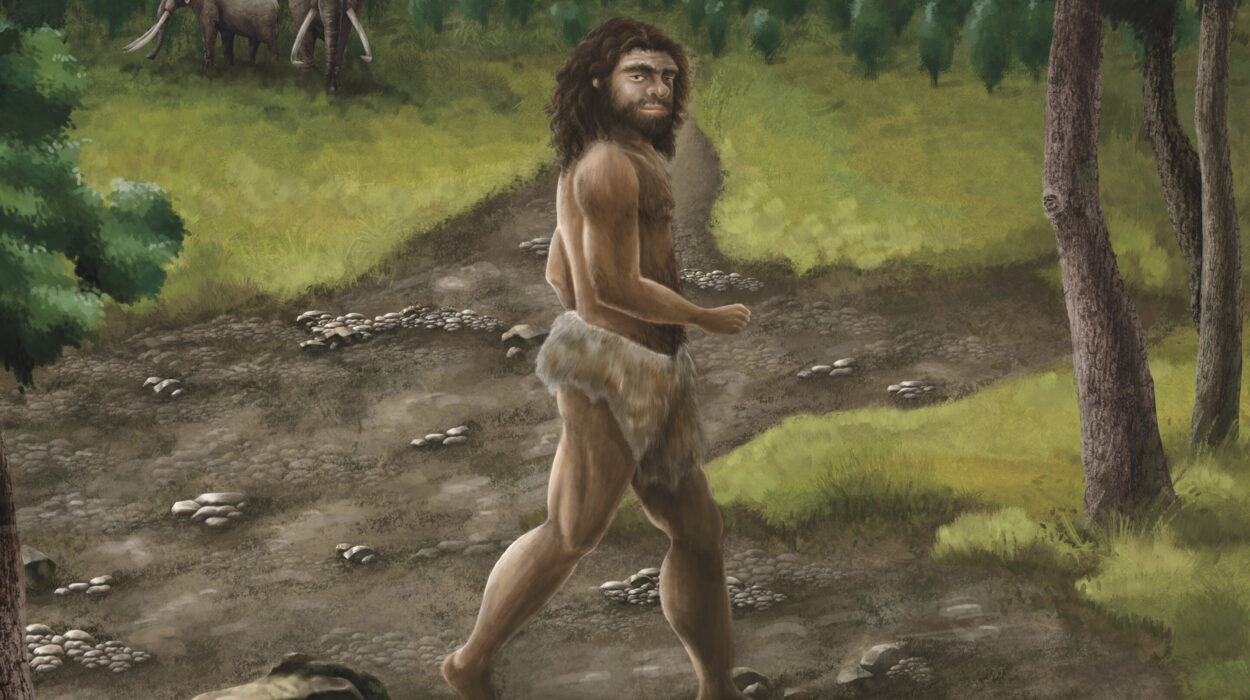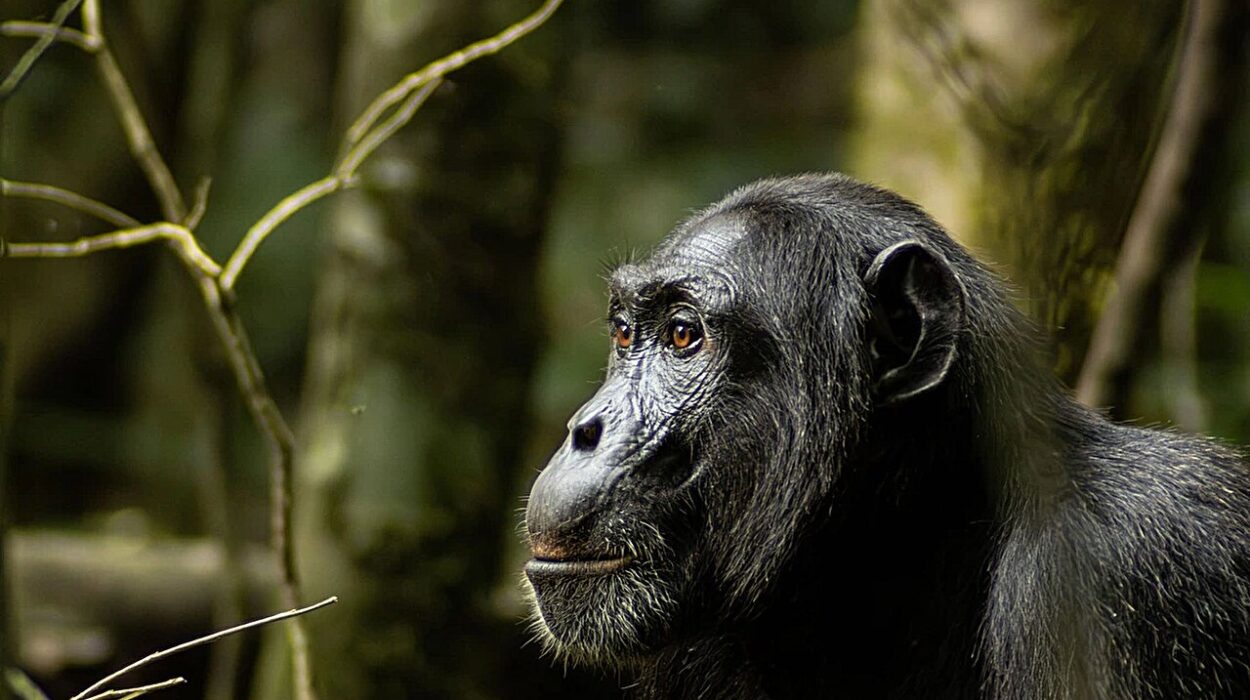Deep in the ancient rocks of Morocco, long before the first dinosaurs ever roamed the Earth, a quiet drama unfolded beneath the waves. The year wasn’t just ancient—it was unimaginably ancient. Nearly half a billion years ago, strange shell-bearing creatures clung to the seafloor while tiny parasites drilled into their homes. For hundreds of millions of years, their secret remained hidden—until now.
A new study published in iScience has revealed that a parasite still infecting modern oysters today is far older than anyone imagined. Using high-resolution micro-CT scans, scientists peered inside 480-million-year-old shells from Morocco and found distinctive, looping scars shaped like question marks. These weren’t random scratches or natural weathering marks. They were the unmistakable traces of parasitism—a behavior so ancient and enduring it survived every mass extinction Earth has ever seen.
The Question Marks in the Rock
For Karma Nanglu, a paleobiologist at the University of California, Riverside, the discovery began with a mystery. Each fossil shell contained a series of elegant, curved impressions—seven or eight on average—etched into the surface and hidden deep within. “The marks weren’t random scratches,” Nanglu explained. “We saw seven or eight of these perfect question mark shapes on each shell fossil. That’s a pattern.”
At first, the team wasn’t sure what they were seeing. These ancient shells belonged to early relatives of modern clams, creatures that thrived during the Ordovician Period—a time when life in the oceans was exploding with diversity and complexity. Something had been living inside these shells, but what?
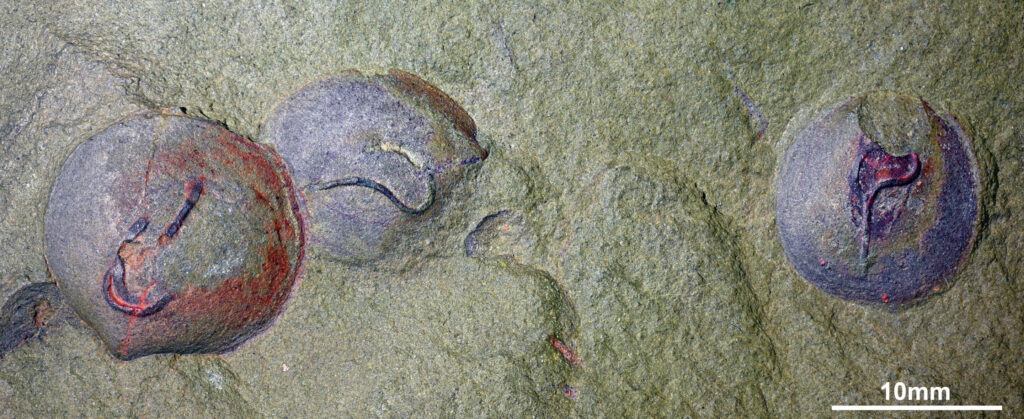
Javier Ortega-Hernández, an evolutionary biologist at Harvard University and co-author of the study, described the puzzle with both frustration and fascination. “It took us a while to figure out the mystery behind these peculiar-looking traces,” he said. “It was as if they were taunting us with their question mark-like shape.”
Their breakthrough came, as many scientific epiphanies do, while poring over obscure research papers. Buried deep in the literature, they found an image of modern marine worms that left identical marks inside oyster shells. That was the moment of recognition—the “smoking gun.”
The Worm That Time Forgot
The culprit turned out to be a type of soft-bodied marine bristle worm known as a spionid. These worms still live today, burrowing into the shells of mussels and oysters in oceans around the world. They don’t consume their hosts directly but carve intricate tunnels to anchor themselves and feed, damaging the shells in the process.
“They parasitize the shells of bivalves like oysters, not the flesh of the animals themselves,” Nanglu explained. “But damaging their shells may increase oyster death rates.”
The revelation was staggering. It meant that this parasitic relationship—this tiny, ancient struggle between worm and shell—had been unfolding for nearly half a billion years. The same behavior seen in today’s oysters had already evolved before fish had bones, before plants had leaves, before vertebrates had taken their first steps onto land.
The Ordovician Revolution
The fossils came from the Ordovician Period, a time between 485 and 444 million years ago when marine ecosystems underwent a dramatic transformation. Life diversified at an astonishing rate, giving rise to complex food webs filled with predators, scavengers, and, as this study confirms, parasites.
“This is a time when ocean ecosystems got more intense,” Nanglu said. “You see the rise of mobility, predation, and clearly, parasitism.”
During this evolutionary boom, animals weren’t just surviving—they were competing. Creatures began to burrow, swim, bite, and defend. Parasitism, the silent theft of another creature’s labor, was one of the most ingenious evolutionary strategies to emerge. Instead of chasing prey, parasites learned to exploit them from within. The question mark traces on the ancient shells were the signature of that innovation.
Seeing the Invisible
To uncover this ancient behavior, the researchers turned to one of modern science’s most advanced tools: micro-CT scanning. Similar to the CT scans used in hospitals but thousands of times more detailed, this technology allowed the team to look inside the fossils without damaging them.
What they found was breathtaking. Inside the rock, layer upon layer of fossil shells held hidden burrows—tiny tunnels invisible to the naked eye. Each curve and twist told the story of a worm’s life: a larva settling on a host, dissolving a bit of shell to anchor itself, then burrowing deeper as it grew, tracing a perfect question mark.
“We never would’ve seen this without the scanner,” Nanglu said. “It was like opening a time capsule sealed for nearly half a billion years.”
Evolution’s Reluctant Change
The most astonishing part of the discovery wasn’t just the fossils themselves—it was what they revealed about the nature of evolution. The spionid worms uncovered in Morocco behaved exactly like their modern descendants. Their lifestyle, feeding pattern, and relationship with their hosts had barely changed over 480 million years.
“This group of worms hasn’t changed its lifestyle in nearly half a billion years,” Nanglu said. “We tend to think of evolution as constant change, but here’s an example of a behavior that worked so well, it stayed the same through multiple mass extinction events.”
That resilience is rare in the history of life. Most species adapt, shift, or vanish in response to changing environments. But for these worms, perfection came early. Their parasitic strategy was so efficient that it outlasted the dinosaurs, the rise of mammals, and even the ice ages.
The Parasite That Still Haunts Oysters
Though it might seem like ancient history, the spionid’s story is far from over. These worms still inhabit our oceans, and their relationship with oysters remains as destructive as ever. In modern commercial fisheries, spionid infestations weaken oyster shells, leading to increased mortality and economic losses.
“This parasite didn’t just survive the cutthroat Ordovician period—it thrived,” Nanglu noted. “It’s still interfering with the oysters we want to eat, just as it did hundreds of millions of years ago.”
That continuity connects our present to an unimaginably distant past. Every oyster shell marred by a spionid worm today carries a genetic echo of an Ordovician ocean, a reminder that the struggles of life and survival are as old as life itself.
Fossils That Capture Life’s Hidden Moments
The Moroccan site where these fossils were found is famous among paleontologists for its remarkable preservation. The sediments captured not just bodies but behaviors—snapshots of ancient life frozen in time. Scientists have discovered traces of animals feeding, swimming, and even interacting in ways that are almost never preserved.
“Getting any record of an animal from that long ago is lucky,” Nanglu said. “But to see evidence of two animals interacting? That’s gold.”
In this case, that interaction wasn’t predation or cooperation—it was parasitism, a quiet, enduring partnership of survival and exploitation. The fossil record rarely preserves such delicate traces, making this discovery a rare and beautiful glimpse into life’s ancient subtleties.
More information: Karma Nanglu et al, A 480-million-year-old parasitic spionid annelid, iScience (2025). DOI: 10.1016/j.isci.2025.113721

